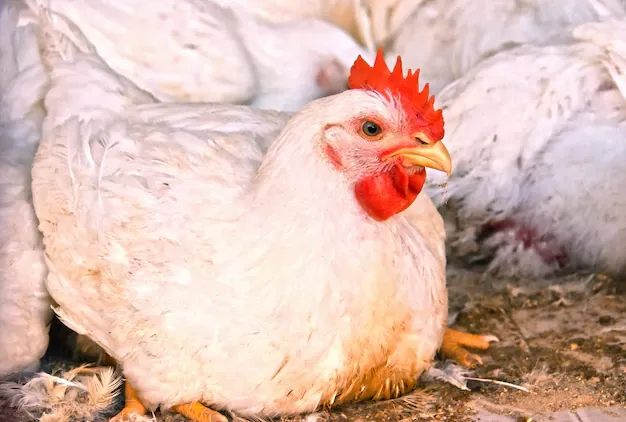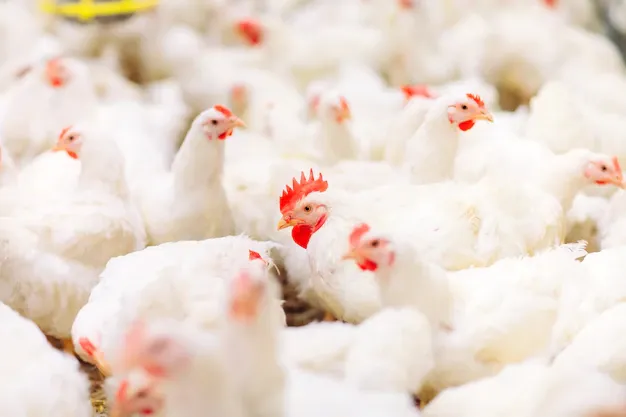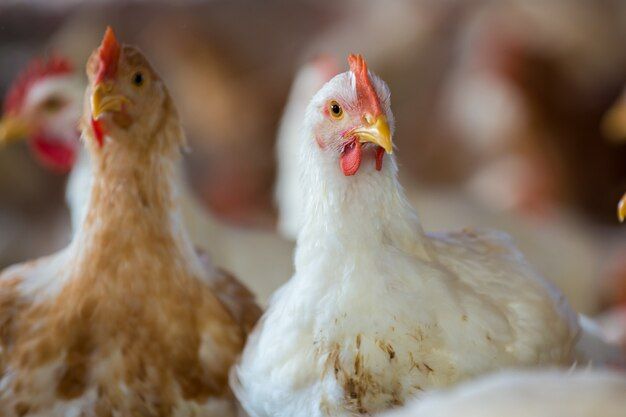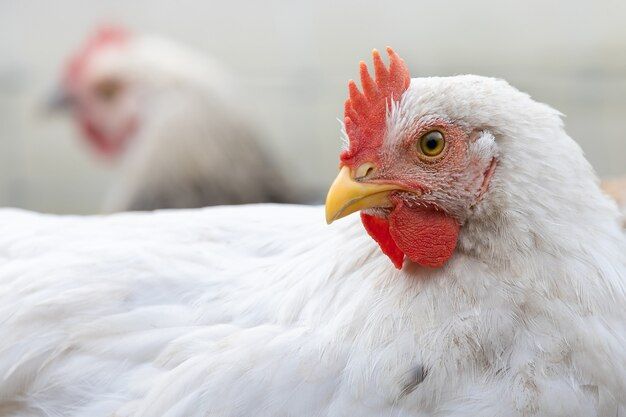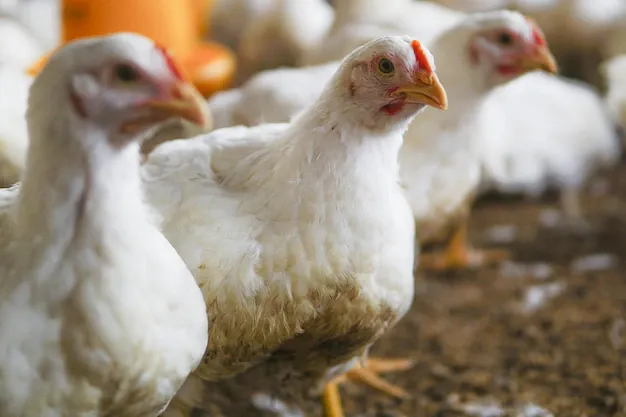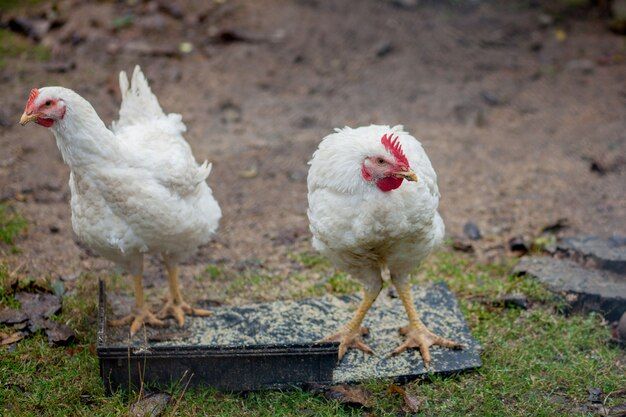Boiler chickens, also known as broilers, are a type of poultry raised primarily for meat production. These chickens are bred specifically for their rapid growth, large size, and high feed-to-meat conversion rates. The method of keeping broiler chickens is crucial for their growth, health, and efficiency in producing high-quality meat. There are various methods of rearing broilers, each with its own set of advantages and challenges.
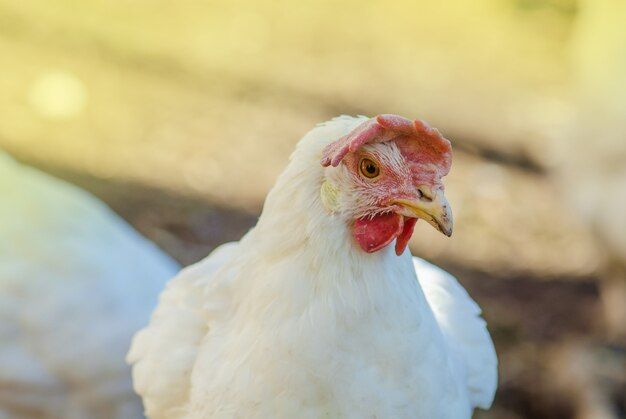
Housing
Boiler chickens are typically kept in specialized poultry houses or barns designed to optimize their growth conditions. These barns are climate-controlled to maintain a consistent temperature, humidity, and ventilation. The most common housing systems are:
A. Conventional Cage Systems: In this system, broiler chickens are kept in small cages that limit their movement. This method is common in industrial poultry farms due to its space efficiency. However, it raises concerns regarding animal welfare because the birds are often unable to engage in natural behaviors like walking or stretching their wings.
B. Deep Litter System: In this system, broiler chickens are kept on the floor with bedding material like straw, wood shavings, or sawdust. The bedding absorbs waste and helps maintain hygiene. The deep litter system allows the chickens to move around more freely than in cage systems, promoting better welfare, but it requires regular cleaning to prevent disease.
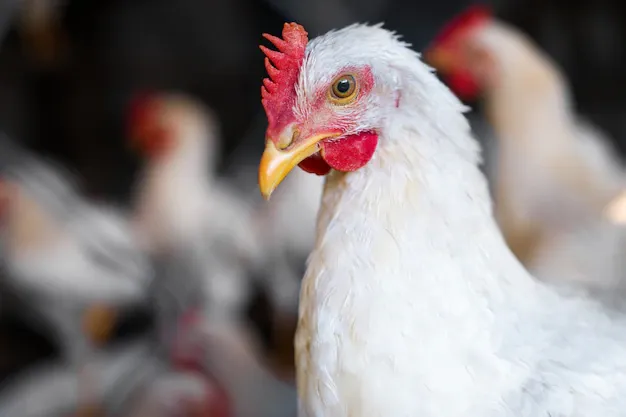
C. Free-Range or Pasture-Raised: Some poultry farmers adopt free-range or pasture-raised systems, where broiler chickens are given access to outdoor areas. This method allows the chickens to exhibit natural behaviors such as foraging, dust bathing, and running, which can improve their overall health and meat quality. However, it requires more land and is more costly due to the need for larger space and protection from predators.
Feeding
Broiler chickens are fed a high-protein diet to ensure rapid growth. Their feed typically consists of grains like corn, soybeans, and sometimes fishmeal or other protein supplements. These feeds are carefully formulated to meet the chickens' nutritional needs at different stages of their life.
A. Starter Feed: This is the feed given to the chicks during their early stages of life (from day 1 to about 3 weeks). It is nutrient-dense, rich in protein and energy, and promotes healthy development.
B. Grower Feed: From weeks 3 to 6, broiler chickens are transitioned to a grower feed, which is less protein-heavy but still provides the necessary nutrients for continued growth.
C. Finisher Feed: During the final stage (weeks 6 to 8), broilers are given finisher feed, which is lower in protein but high in energy to maximize weight gain before slaughter.
The feed is usually provided in the form of mash, pellets, or crumbles, depending on the preference of the farm. In intensive systems, automated feeding systems distribute the food evenly to all birds, reducing labor costs.
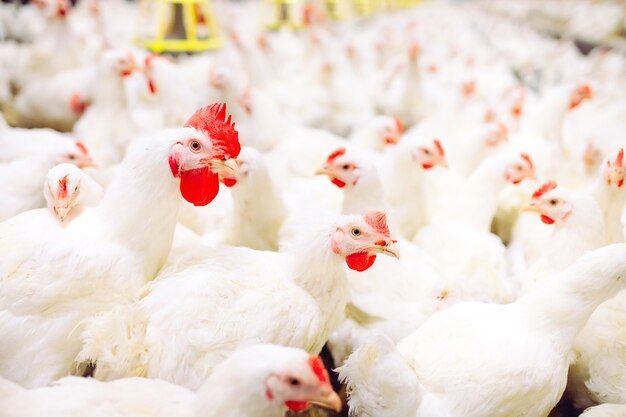
Health Management
Maintaining the health of boiler chickens is essential for achieving optimal growth and high-quality meat. Disease outbreaks can significantly reduce farm profitability and lead to the use of antibiotics and other chemicals, which is increasingly a concern for consumers.
A. Vaccination and Disease Prevention: Regular vaccination programs are essential to protect broilers from common poultry diseases, such as Newcastle disease, avian influenza, and coccidiosis. Farmers also implement biosecurity measures to limit the risk of disease transmission, such as controlling access to the farm and disinfecting equipment and housing.
B. Antibiotics: The use of antibiotics has been controversial, as their overuse can lead to antibiotic resistance. Many countries have imposed regulations on the use of antibiotics in poultry farming. Some farms, particularly those with free-range or organic operations, focus on minimizing antibiotic use by relying on natural remedies and maintaining better overall bird health through improved housing conditions and disease prevention.
Environmental Management
Boiler chickens require clean, dry conditions to prevent disease and stress. Environmental management includes:
A. Temperature Control: Proper heating and cooling systems are essential for maintaining the right temperature. Broiler chickens are highly sensitive to temperature extremes, and any fluctuations can affect their growth and health. Therefore, the barn temperature must be maintained at an optimal level, which is usually around 18-21°C for young chicks, gradually adjusting as they grow.
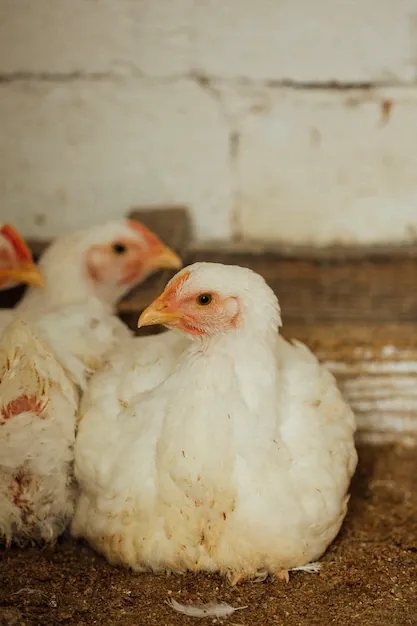
B. Ventilation: Proper ventilation is crucial for removing excess moisture and ammonia from the poultry houses. Ammonia buildup can irritate the chickens' respiratory systems, leading to decreased growth and susceptibility to disease.
C. Lighting: Lighting programs are also carefully controlled to stimulate growth. Typically, broilers are exposed to long daylight hours to encourage feeding and growth, with occasional periods of darkness to mimic natural day-night cycles.
Advantages of Eating Broiler Chickens
Broiler chickens are one of the most commonly consumed meats worldwide due to their availability, affordability, and versatility in cooking. There are several advantages to consuming broiler chicken:
A. High Protein Content: Broiler chicken is a rich source of high-quality protein, which is essential for muscle building, repair, and overall bodily function. A typical serving of chicken provides a significant amount of protein while being relatively low in fat, especially when consumed without the skin.
B. Affordable: Compared to other animal meats, broiler chicken is relatively inexpensive. This makes it an affordable source of protein for many households and a staple in diets around the world. The efficient production systems used to raise broilers allow for a steady supply at low prices.
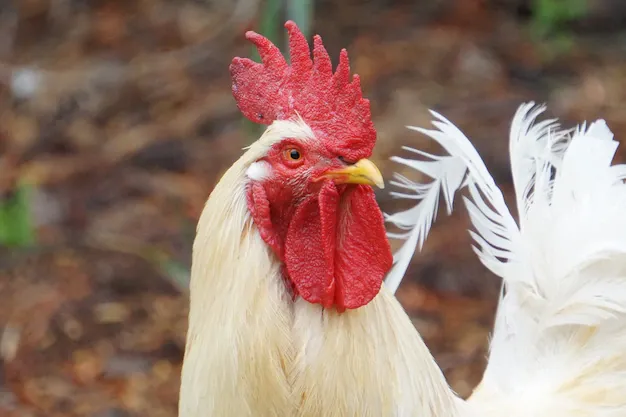
C. Versatility: Chicken can be prepared in many ways, from grilling, frying, and baking to slow cooking and roasting. It is a highly versatile meat that can be incorporated into a wide variety of cuisines and dishes, making it a popular choice for diverse tastes.
D. Lower Fat Content: Broiler chickens, particularly when prepared without skin, are relatively low in fat compared to red meats like beef or pork. This makes chicken an attractive option for people seeking to maintain a healthy diet or reduce saturated fat intake.
E. Nutrient-Rich: In addition to protein, chicken is a good source of essential vitamins and minerals, including B vitamins (especially niacin and B6), phosphorus, and selenium. These nutrients support various body functions, such as metabolism, bone health, and immune function.
Disadvantages of Eating Broiler Chickens
While broiler chickens offer many benefits, there are also some disadvantages and concerns associated with their consumption:
A. Ethical and Welfare Concerns: Intensive broiler farming has been criticized for the poor living conditions of the chickens, particularly in industrial-scale production. Issues like overcrowding, lack of natural behavior expression, and rapid growth rates leading to health problems (such as leg deformities) have raised significant animal welfare concerns. Some consumers choose to avoid broiler chicken due to these ethical concerns.
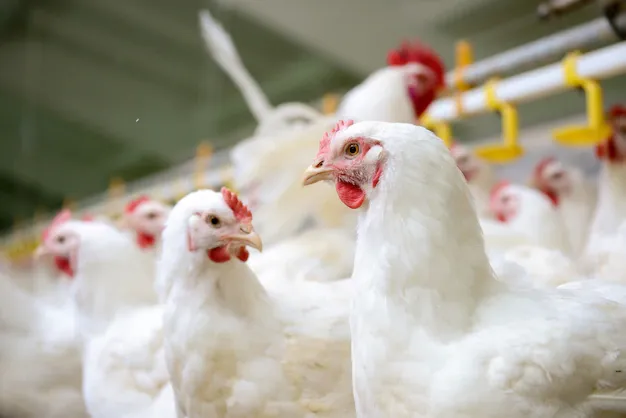
B. Antibiotic Use: The use of antibiotics in broiler farming is a contentious issue. Antibiotics are sometimes used to prevent disease and promote growth in crowded conditions. While this can help prevent disease outbreaks, overuse of antibiotics can contribute to the development of antibiotic-resistant bacteria, posing a risk to human health.
C. Environmental Impact: Poultry farming, particularly in large-scale operations, can have negative environmental consequences. These include the pollution of water sources with waste runoff, high energy consumption for climate control, and greenhouse gas emissions. Additionally, the intensive grain production used to feed broiler chickens has its own environmental impact.
D. Health Risks: While broiler chicken is a lean source of protein, it can still carry risks if not handled or cooked properly. Undercooked chicken can harbor harmful bacteria like Salmonella or Campylobacter, leading to foodborne illnesses. Cross-contamination from raw poultry can also pose a risk to health if hygiene practices are not followed in the kitchen.

video credit Agri idea channel
The method of keeping broiler chickens has evolved to meet the demand for affordable, high-quality meat. While there are several advantages to consuming broiler chicken, such as its protein content, affordability, and versatility, there are also ethical, environmental, and health considerations to be aware of. As consumers become more aware of these issues, there is an increasing trend toward alternative methods of poultry farming, such as free-range or organic options, as well as greater scrutiny on antibiotic use and environmental sustainability.
